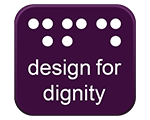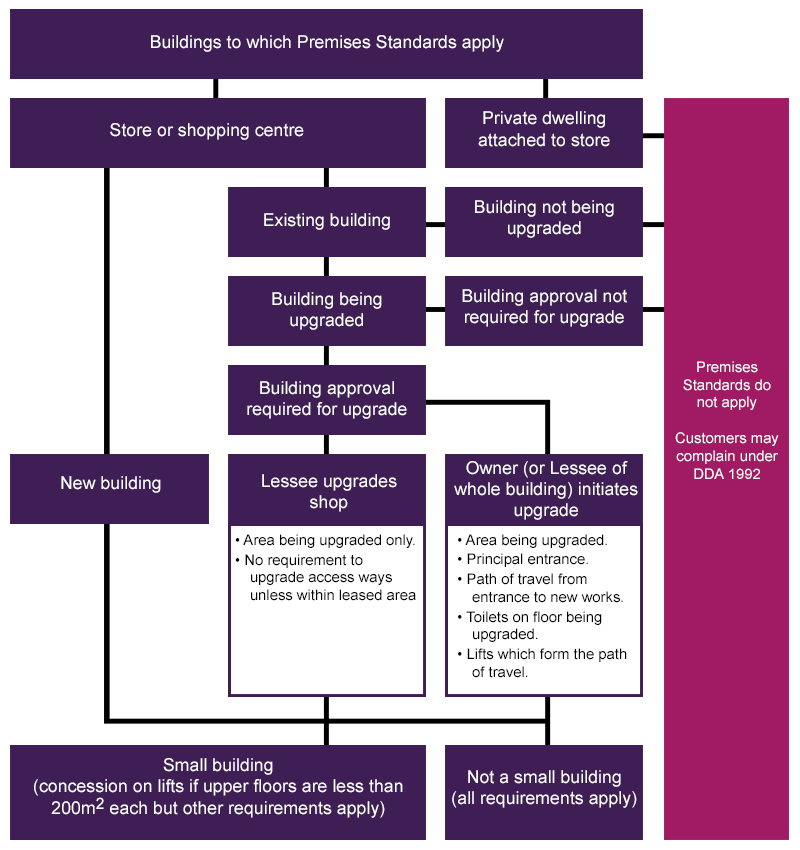Design For Dignity
Retail Guidelines




In the Australian retail environment, there is often uncertainty about who is responsible for ensuring that premises and the supply of goods and services are accessible.
The Disability (Access to Premises — Buildings) Standards 2010 S2.2 makes it clear that there are obligations for building certifiers, developers and managers to the extent that they have responsibility for new building or buildings that have work approved after May 2011.
| Role | Responsibility | Examples of who this might be |
|---|---|---|
| Building certifier | The person who has responsibility for, or control over, the building approval process. |
|
| Building developer | The person who has responsibility for, or control over, the building design or construction. |
|
| Building manager | The person who has responsibility for, or control over, any matters in the Premises Standards that apply to the building other than matters relating to its building or construction. |
|
The Premises Standards provide a number of exceptions and concessions. These include a limited exemption in cases of unjustifiable hardship, an exemption for acts done under statutory authority, and concessions in cases of existing accessible lifts, sanitary facilities, and where the application for building approval is submitted by a lessee of the premises.
The following chart summarises the obligations in retail settings in Australia. It doesn't cover residential developments, bed and breakfast lodgings, hotels, boarding houses, swimming pools and other specialised places such as aged care homes or educational facilities.
